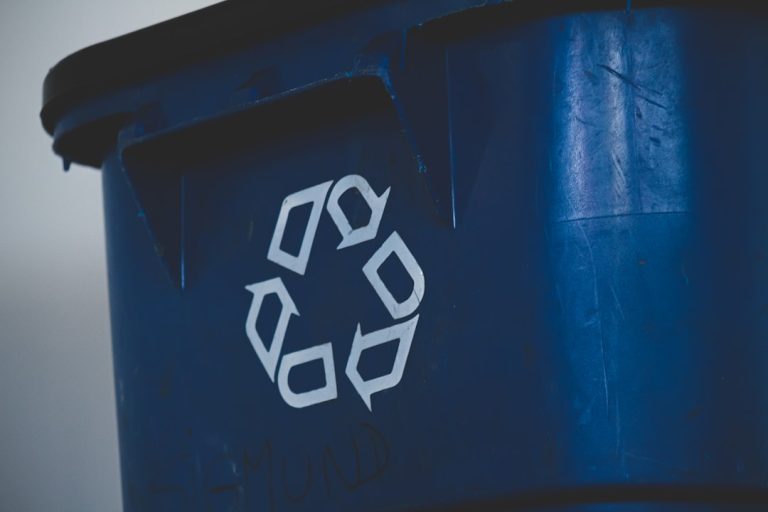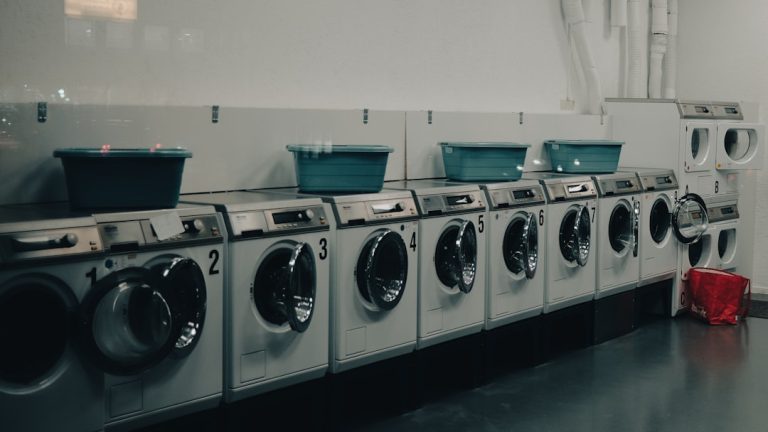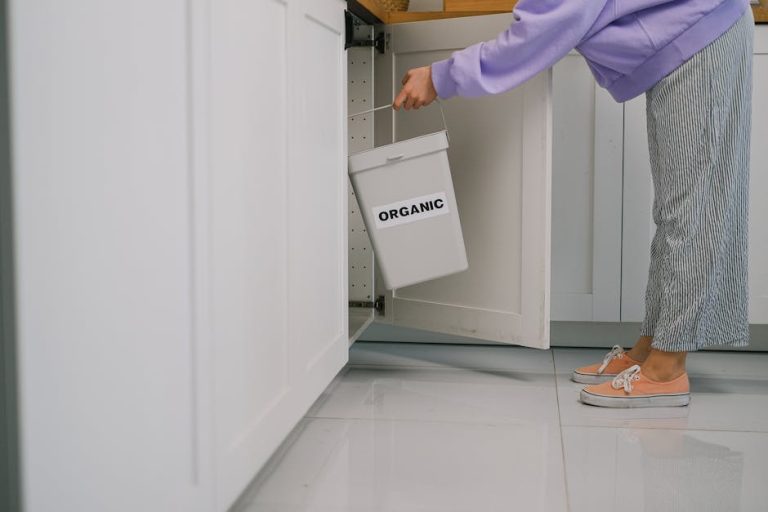The Impact of Packaging on Product Choices (my Conscious Decisions).
The Impact of Packaging on Product Choices (my Conscious Decisions)
Every single day, as I navigate the aisles of a grocery store, browse online marketplaces, or even just pick up a gift, I’m confronted by an unspoken language: the language of packaging. It’s more than just a container; it’s the first handshake, the silent salesperson, and often, the primary determinant of whether a product even gets a second glance. For me, however, the journey from seeing a package to making a purchase isn’t a passive one. It’s a complex interplay of immediate attraction, practical assessment, ethical considerations, and a deep dive into what truly aligns with my values. This isn’t just about what looks good; it’s about how packaging shapes my conscious decisions, influencing not just what I buy, but why.
My Initial Encounter: The Visual Story Packaging Tells Me
Before I can even read a label or compare ingredients, packaging speaks to me through its visual narrative. This initial encounter is incredibly powerful, setting the stage for my conscious decision-making process. The colors used on a package can evoke specific emotions – a calming blue for a health product, vibrant yellow for energy, or sophisticated black for luxury. I often find myself drawn to minimalist designs, which subtly suggest purity and simplicity, aligning with my preference for straightforward, unpretentious products. Conversely, overly cluttered or garish packaging can instantly create a barrier, making me question the product’s quality or the brand’s authenticity.
The Silent Language of Color, Form, and Texture in My Hands
Beyond color, the form and texture of packaging play a significant role in how I perceive a product. A sleek, ergonomic bottle feels premium and easy to use, while a rough, recycled cardboard box signals environmental responsibility. The font choice, the imagery, and even the finish (matte vs. gloss) contribute to a holistic impression. For instance, if I’m looking for a natural skincare product, I’m far more likely to gravitate towards packaging with earthy tones, natural textures, and imagery of botanical elements. This isn’t just about aesthetics; it’s about the package instantly communicating a brand’s ethos and whether it resonates with my personal values and expectations for that specific product category. This initial visual assessment is a crucial first filter in my conscious decision-making, quickly narrowing down the vast array of options available.
Beyond Aesthetics: How Practicality and Functionality Sway My Conscious Choices
While visual appeal might draw me in, it’s the practicality and functionality of packaging that often solidify my conscious decision to purchase. A beautiful package that’s impossible to open, difficult to store, or wasteful in its design quickly loses its charm. My choices are frequently guided by a product’s usability once it leaves the shelf and enters my home. I consider factors like ease of opening (no more wrestling with impossible plastic clamshells!), resealability for freshness, and the ability to dispense the product without mess or waste. For me, packaging that minimizes frustration and maximizes convenience scores major points.
The Everyday Utility: When Good Design Means Less Fuss for Me
Think about a cereal box that pours smoothly without spilling, or a detergent bottle with a perfectly designed grip and spout. These seemingly small details contribute immensely to my satisfaction and future purchasing decisions. I consciously seek out packaging that protects the product effectively, prevents spoilage, and offers clear instructions for use. Products for which the packaging itself enhances the user experience, rather than detracting from it, are the ones I return to. This often means I’m willing to overlook a slightly less dazzling aesthetic if the functional benefits are superior. It’s about the entire lifecycle of the product in my hands, from purchase to disposal, and how the packaging facilitates that journey with minimal effort or annoyance. This pragmatic evaluation is a cornerstone of my conscious decisions, prioritizing long-term utility over fleeting visual appeal.
The Ethical Weight: My Deliberate Lean Towards Sustainable Packaging
In today’s world, my conscious decisions are increasingly influenced by the environmental impact of packaging. The ethical weight of plastic waste, deforestation, and carbon footprints weighs heavily on my mind when I’m making product choices. I actively seek out brands that demonstrate a genuine commitment to sustainability through their packaging. This isn’t just a trend for me; it’s a fundamental shift in how I evaluate products, reflecting my personal responsibility towards the planet.

Prioritizing Planet-Friendly Materials in My Shopping Cart
When I scan the shelves, my eyes are not just looking for appealing design but also for cues like “recycled content,” “recyclable,” “compostable,” or “biodegradable.” I consciously choose products packaged in glass, aluminum, or post-consumer recycled cardboard over virgin plastics, even if they might be slightly more expensive. Minimalist packaging that reduces overall material use also scores high in my book. Brands that offer refillable options or innovative packaging solutions that minimize waste instantly gain my trust and preference. This deliberate lean towards sustainable packaging is a direct reflection of my values, transforming a simple purchase into a statement about the kind of world I want to support. It’s a powerful example of how packaging directly impacts my conscious decisions, driving me towards brands that align with my commitment to embracing sustainable practices.
Brand Identity in My Hands: How Packaging Reinforces Trust and Connection
Packaging is a tangible representation of a brand’s identity, and for me, it plays a crucial role in building and reinforcing trust. When I hold a product, the quality, consistency, and thoughtfulness of its packaging tell me a lot about the brand behind it. A well-designed, robust package often signals a high-quality product and a brand that cares about its offerings, from the inside out. Conversely, flimsy, poorly designed, or inconsistent packaging can instantly erode my confidence, making me question the product’s integrity and the brand’s attention to detail.
The Consistent Message: Why Thoughtful Packaging Builds My Loyalty
I find that packaging which consistently delivers on a brand’s promise—be it luxury, eco-friendliness, or affordability—strengthens my connection to that brand. For example, a brand known for its natural ingredients that uses simple, earthy packaging reinforces its message. This consistency helps me form an emotional bond and builds loyalty. When I encounter packaging that feels authentic and aligned with the brand’s overall narrative, it deepens my trust and makes me more likely to repurchase. It’s not just about the product






